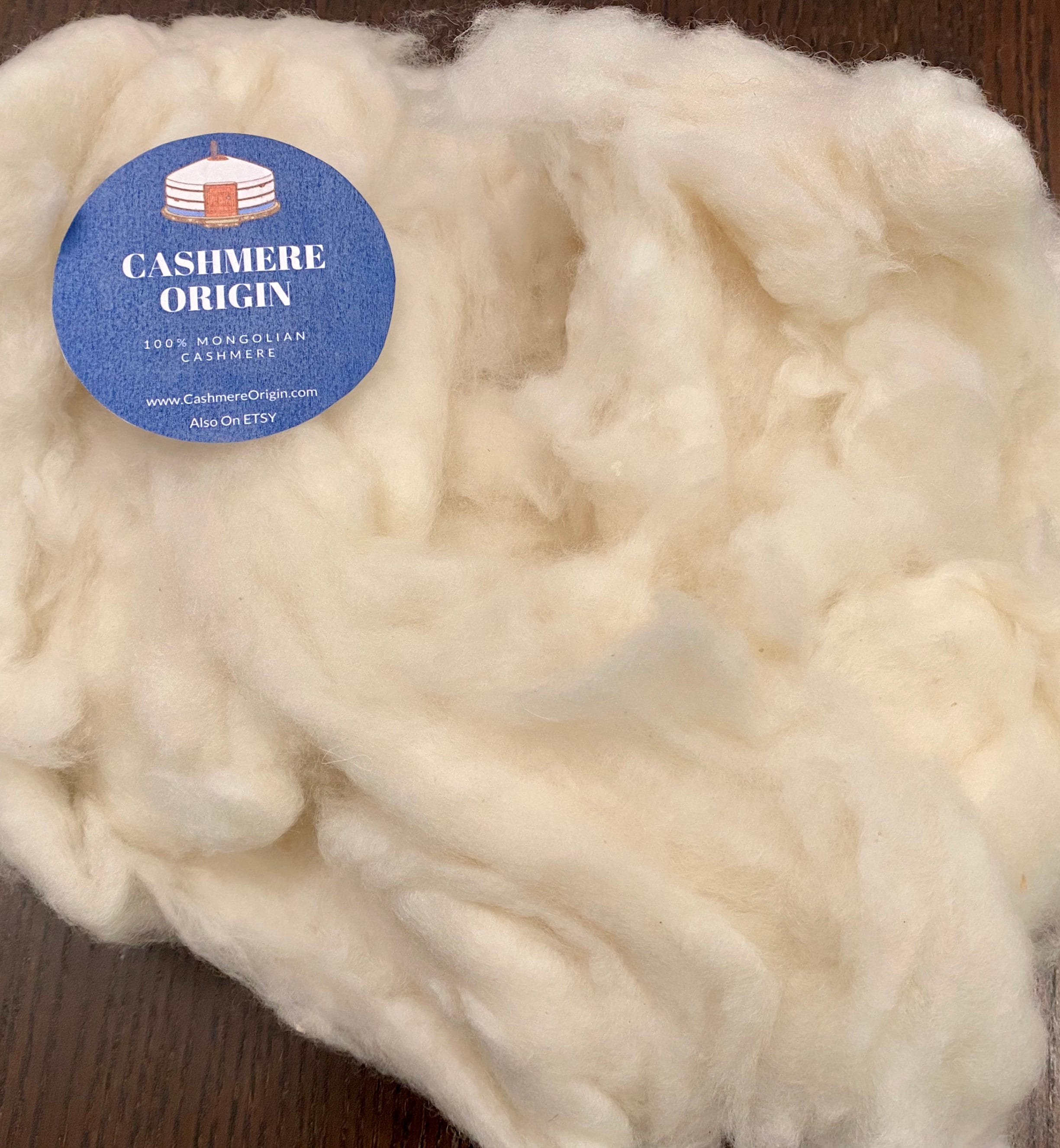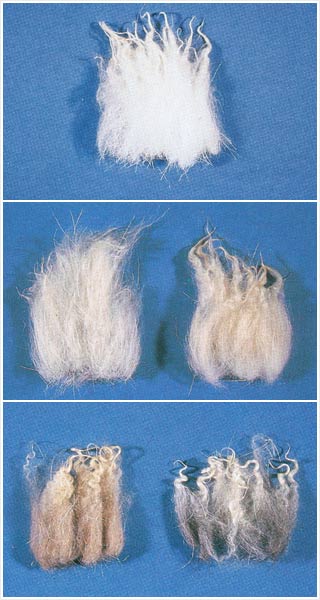Recognizing the Various Sorts Of Cashmere an All-natural Fiber and Their Distinct Advantages

The Beginnings of Cashmere: A Historical Introduction
While the luxurious touch of cashmere continues to charm modern consumers, its origins trace back to the severe, chilly climates of Mongolia and the Himalayas. For centuries, the native peoples of these regions have been increasing Capra Hircus goats, the prime resource of cashmere wool. These goats, durable against the serious wintertimes, grew a fine undercoat to make it through, which later became understood as cashmere.

The Production Refine: From Goat to Garment
Shearing a Capra Hircus goat marks the beginning of the elaborate cashmere production process. This delicate procedure generally takes place yearly throughout springtime. The fine, soft undercoat is then divided from the coarser external hair, a procedure referred to as dehairing. The resultant raw cashmere is after that cleaned to get rid of impurities such as vegetable, grease, and dirt issue.
The tidy fiber undergoes coloring, rotating, and weaving, or knitting, to change it right into a textile. Facility treatments such as quality assurance checks and finishing processes follow, making sure completion product preserves the extravagant criterion anticipated of cashmere. This painstaking process, from goat to garment, justifies the high expense connected to cashmere products, making them a symbol of luxury and improvement.
The Numerous Kinds of Cashmere: A Thorough Analysis

The One-of-a-kind Benefits of Cashmere: Comfort and Sustainability
Moving from the selection of cashmere kinds to the advantages they provide, comfort and sustainability stand out prominently. Cashmere, a natural fiber, is renowned for its unrivaled softness, giving a degree of comfort that synthetic fibers can not match.
When it involves sustainability, cashmere is sustainable and biodegradable, as it's harvested from cashmere goats who regrow their coats yearly. what is cashmere. Unlike artificial fibers which can take centuries to disintegrate, cashmere's effect on the environment is marginal. This combination of comfort and sustainability makes cashmere a useful selection for mindful consumers

Caring for Your Cashmere: Maintenance and Conservation Tips
While cashmere is definitely a sustainable and extravagant selection, it calls for certain treatment to maintain its top quality and extend its life-span. To start, cashmere must be hand washed using cold water and a moderate cleaning agent. Prevent turning or wringing the garment as it can harm the fibers. Rather, carefully eject excess water and lay it level on a towel to dry. Resources Cashmere items should be saved in a awesome and dry area, away from direct website here sunshine and wetness. Utilizing moth repellents can shield these garments from potential damages. It's suggested to prevent hanging cashmere to stop extending. Rather, fold and shop them effectively to maintain their shape and top quality over time.
Buying Cashmere: Recognizing Its Worth and Well Worth
Although cashmere might originally look like a pricey financial investment, its lasting worth and worth ended up being noticeable when you consider its impressive top qualities. Understood for its exceptional gentleness and warmth, cashmere is a premium all-natural fiber that outmatches various other materials. Its high demand and limited supply add to its high rate, yet its toughness guarantees it lasts for several years, using exceptional value for money. Cashmere items are ageless, commonly ending up being treasures passed down via generations. what is cashmere. Its natural shielding properties give heat without the bulk of artificial fibers. Spending in cashmere, therefore, is not practically present fashion patterns, but concerning embracing a sustainable, long-lasting, and lavish way of life.
Final Thought
In summary, the type of cashmere one picks, be it Mongolian, Chinese, or Italian, is determined by private preferences for warmth, sustainability, deluxe, and spending plan. Understanding the beginnings, production process, and unique advantages of different types of cashmere can lead consumers in their investment in this luxurious all-natural fiber.
Whether it's the phenomenal heat of Mongolian cashmere, the cost of Chinese cashmere, or the eco-conscious manufacturing of Italian cashmere, there's a story to be uncovered behind each fiber type. Cashmere, a natural fiber, is renowned for its unparalleled gentleness, offering a degree of comfort that artificial fibers can't match.When it comes to sustainability, cashmere is biodegradable and eco-friendly, as it's collected from cashmere goats who regrow their layers annually. Recognized for its exceptional softness and warmth, cashmere is a premium all-natural fiber that surpasses various other materials. Recognizing the browse around these guys origins, manufacturing procedure, and special benefits of different kinds of cashmere can guide customers in their investment in this extravagant natural fiber.
Comments on “What Is Cashmere and How Does It Differ to Other Fabrics?”